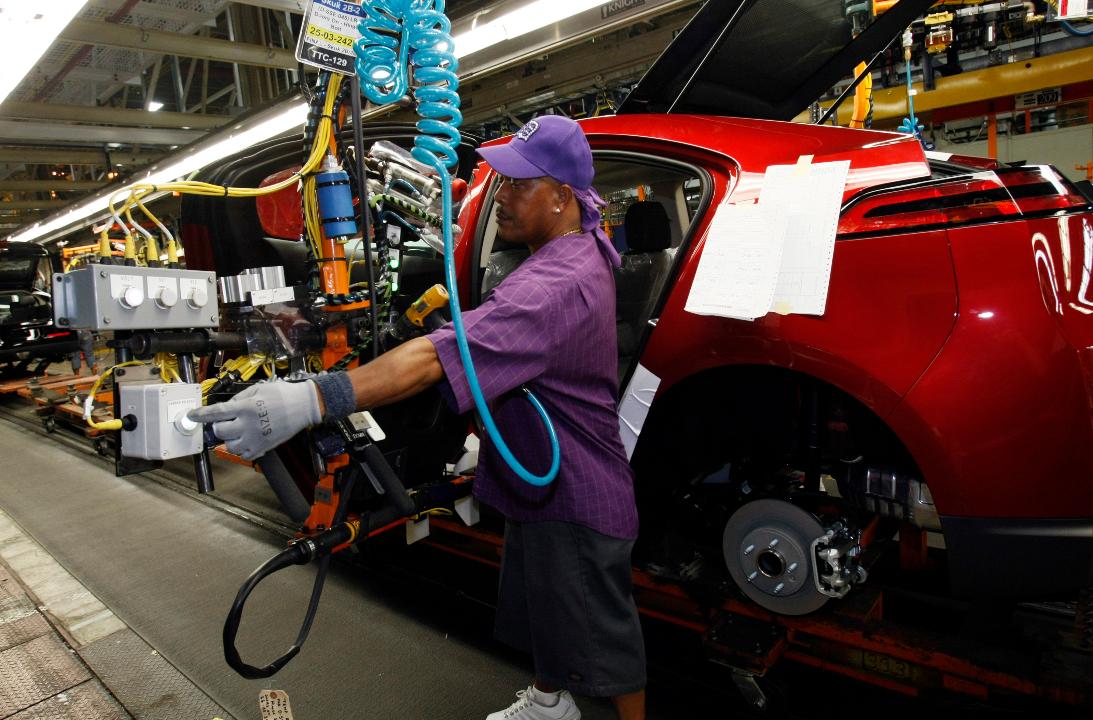Companies entice workers with perks, not pay
U.S. companies may be hesitant to raise employee wages, but they are looking to sweeten the pot for workers in other ways.
The U.S. Labor Department said on Tuesday that the cost of benefits – including vacation time and bonuses – rose 3 percent in June, while the cost of wages rose by 2.7 percent, as reported by The Wall Street Journal. Paid vacation time increased 4 percent year over year, while bonuses jumped 12 percent.
The focus on benefits comes at a time when the largest number of workers are quitting their positions since 2001, as people become more confident they can find better opportunities elsewhere.
“From an employment standpoint … the cost to the employer [of benefits versus wages] is roughly the same,” Michael Tanner, a senior fellow at the Cato Institute, told FOX Business. “The employer’s decision of which to offer is usually driven by outside forces [including employees, a union or a government mandate.]”
The difference, however, may be that a pay raise is harder to revoke than a benefit.
In lieu of raising base pay for workers, many companies are using savings from the Tax Cuts and Jobs Act of 2017 – which lowered the corporate tax rate by 15 percentage points to 21 percent – to offer bonuses and other nonpermanent incentives.
For example, fast-casual restaurant chain Chipotle Mexican Grill announced shortly after the implementation of the law that qualified employees would receive a one-time bonus of as much as $1,000. The company also added other benefits for hourly managers, like life insurance and short-term disability insurance.
Home improvement retailer Home Depot said U.S. hourly workers would also receive a one-time bonus of as much as $1,000, while JetBlue granted 21,000 crew members the same perk.
Lowe’s offered a $1,000 bonus in addition to an expansion of benefits, including adoption assistance and paid parental leave.
Tanner said that the concentration on benefits is not necessarily new, and has been driven in large part by rising health care costs throughout recent years. The government has also recently mandated an expansion in benefits that employers have been forced to respond to.
Meanwhile, wages have remained unusually stagnant at a time when the labor market is strengthening. Federal Reserve Chair Jerome Powell has even said he expected “wages to react more” to the significant reduction in the unemployment rate, especially given the labor shortages across numerous industries. Powell called the situation “a bit of a puzzle” in June.
Some economists have attributed lagging wage growth to a lack of productivity. While wages in August grew at 2.9 percent, the most in nearly 10 years, it was largely attributable to an uptick in hours worked rather than actual pay.




















